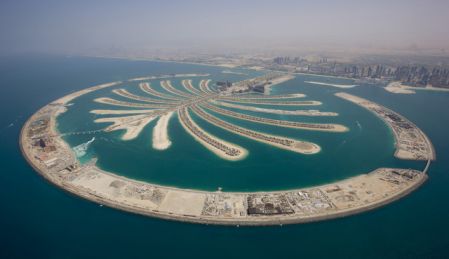Mor Temor
Arch. Mor Temor is international Architecture firm committed to designing unique buildings and one of a kind architectural concepts.

h. The Water
As the water sparkles, gurgles, and flows on all sides of us, we are completely involved by it. So it is, or should be, with the city. The designer's problem is not to create facades or architectural mass but to create an all-encompassing experience, to engender involvement (Edmund, 1969).
Moving water gives a sense of life; water plays with light, reflecting the changing sky or sunlit objects nearby. Water is technically troublesome, but hypnotically attractive.
Water has been used in many ways in urban design: as a decorative element, as a space-defining element, and as a temperature-modifying element. Water elements will continue to be part of the architect's, landscape architect's, and urban designer's palette for creating interesting and pleasant places. Similarly, cites on natural waterways or on the sea have a special character that those cities without significant bodies of water lack (Jon, 2004).
In our days sea water has been used on magnificent scale and ingenuity, by building Palm Island in Dubai: Palm Island is a man-made island, shaped like a date palm, with a 1.5 km long trunk and 17 fronds. The island is a recreational island, fully equipped with parks, shopping malls, marinas and luxurious housing. The construction is practically completed at the coast of Dubai (see fig. 10).
Such examples of reclaimed land are made feasible in the area by the wide continental shelf off the Dubai coast, with the Arabian Gulf at a shallow depth (Simone, 2004).

Fig. 10 Palm Island in Dubai
Arch. Mor Temor